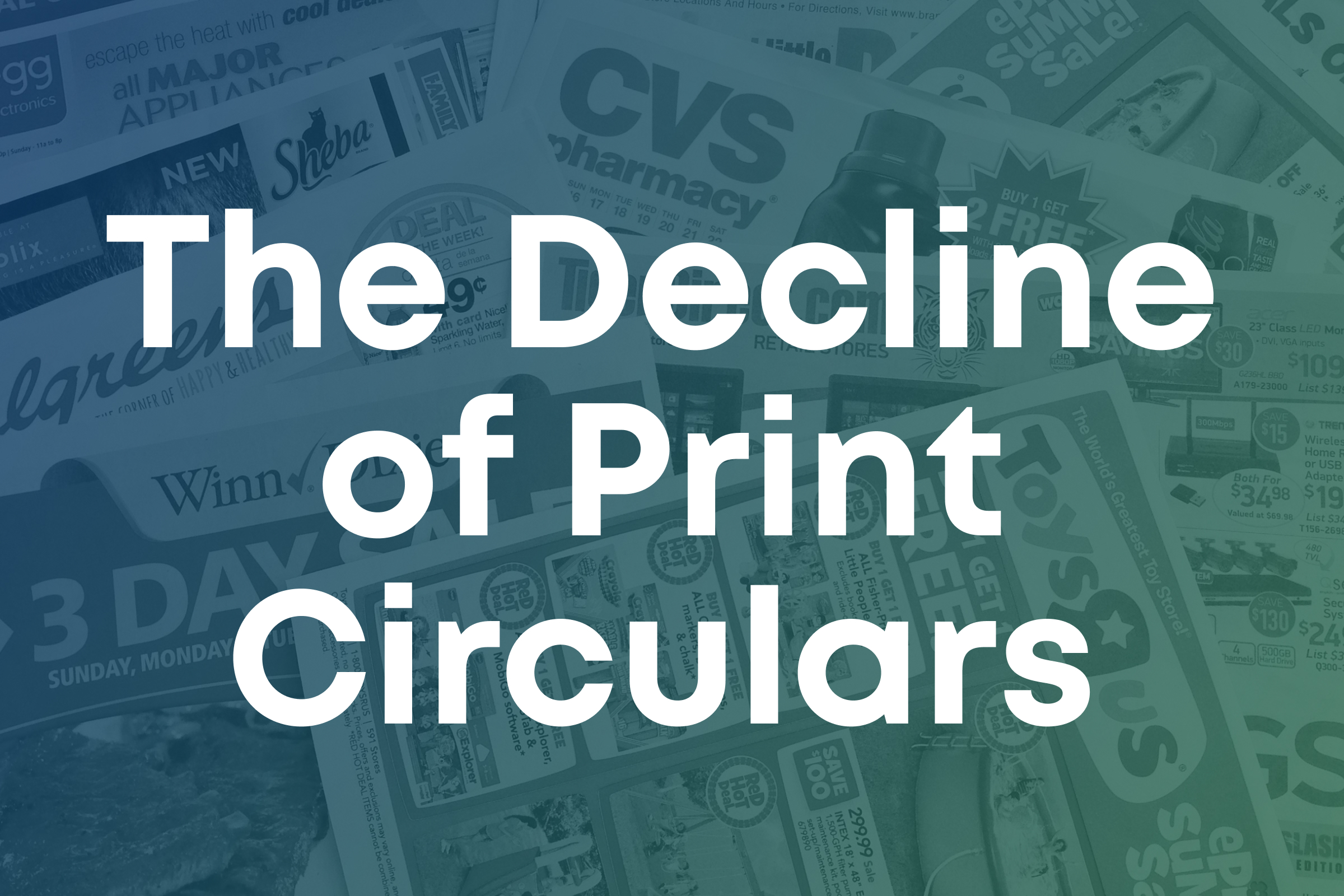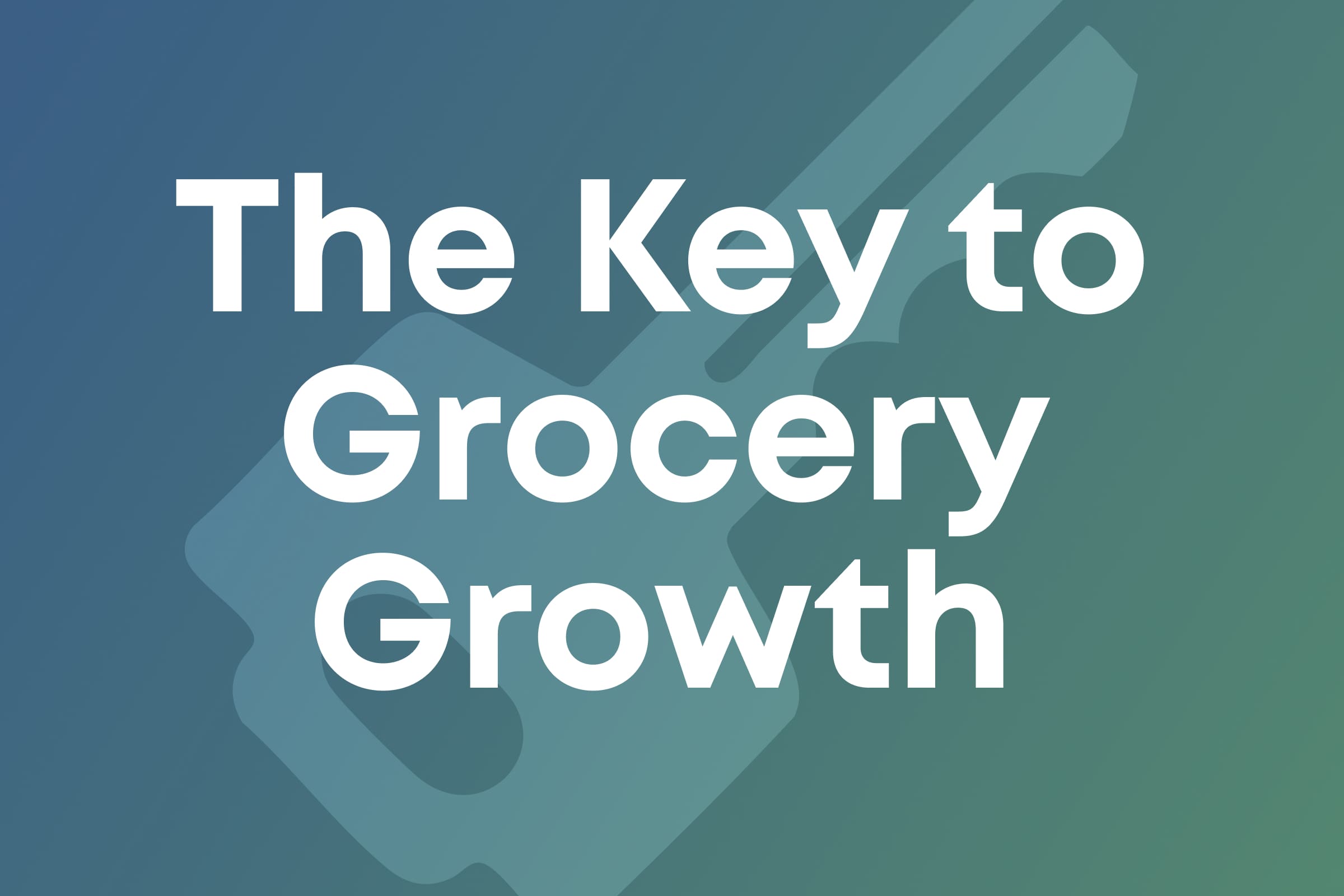5 Digital Transformation Trends to Watch in Grocery Retail
Henry Kim
Today’s retailers have grown accustomed to change. Amid a global pandemic, supply chain crisis, and rising inflation, grocery retailers have had to pivot quickly to accommodate ongoing shifts in consumer behavior. As customer needs continue to evolve, so has technology and the role it plays in the shopping experience, leaving retailers to face one of the most prominent expectations in the market today: digital transformation.
In 2020, online grocery shopping reached nearly $90 billion in sales, and the demand for online groceries saw a 74% spike in August 2021 alone. While many shoppers are returning to the aisles of their local grocery stores, one thing is clear: consumers now expect a strong digital experience to complement their in-store shopping. In fact, 9 out of 10 supermarket shoppers use their smartphones in-store.
Embracing grocery retail technology and digital transformation is synonymous with winning today’s customers. Here, we explore five significant digital transformation trends to watch in the grocery retail industry.

5 Digital Trends Retailers Must Watch
Digital transformation is sweeping industries—and grocery retail is no exception. Here are 5 key trends grocers need to watch and embrace to stay competitive.
1. Heightened demand for personalization
Now more than ever, today’s shoppers are hungry for a personalized shopping experience that caters to their unique preferences. According to McKinsey surveys, 80% of customers want personalization from retailers—meaning targeted ads, offers, and savings that don’t cater to customers like them, but rather specifically to them and their one-of-a-kind preferences. For example, meat-loving consumers don’t want to see ads for new vegetarian products—they want their local grocer to take note of deals on their favorite brand of steak.
And personalization translates to loyalty: According to a 2021 survey from SendGrid, 60% of consumers state that they’ll become repeat shoppers after a personalized shopping experience.
2. Feature-rich retail mobile apps
While many shoppers have returned in-store, 82% of shoppers say they consult their phones first on purchases they're about to make in store. In recent years, mobile apps have revolutionized the retail space by providing a convenient and efficient platform to begin shopping at home, schedule deliveries, pickup in store, or navigate the aisles with a reliable digital retail media platform in their hand.
Some popular features include a user-friendly product catalog where shoppers can browse in-stock products and access nutrition facts, reviews, video demonstrations, and deals, monetized shopping lists that keep track of their total while shopping, or hassle-free, mobile scan-and-go checkout.
3. The importance of leveraging first-party data
It’s 2022—and third-party data is on its way out the door. Why? The use of third-party cookies resulted in frequent mismatches, irrelevant targeted ads, and data sets that failed to connect across platforms. However most importantly, is a new call to protect consumers’ privacy and end the resale of personal data to the highest bidder.
First-party data allows retailers to track shoppers’ individual habits and preferences, with consent from consumers to share their information in return for unique suggestions, promotions, and savings. This dynamic encourages return trips, larger basket sizes, and greater loyalty—considering 78% of consumers reported personalized content made them more likely to repurchase.
4. Relevant digital loyalty programs
Today’s shoppers love loyalty programs — so much so that there are currently 3.3 billion loyalty memberships in the U.S. right now. Successful loyalty programs combine personalized, unique rewards, and a digitally optimized experience to give shoppers a top-tier experience—whether they’re on their couch at home or browsing the aisles in-person.
This trend reveals when shoppers trust your brand, they are also more likely to spend. In fact, 95% of companies report that their loyalty program members spend more than non-members annually. What’s more, 79% of consumers state they are more likely to continue doing business with a brand that has a good loyalty program.
5. Increased reliance on AI technology
According to CB Insights, retail artificial intelligence (AI) funding reached a record breaking high in 2021 of over $100 million. So what role does AI play in retail? Increasingly, retailers are relying on AI in CRM software to automate their marketing communications or leverage predictive analytics to better understand which customers are likely to buy certain products—and when. That way, retailers can connect customers with the right products, in the right place—at the right time.
Many of today’s mobile apps harness the power of AI by leveraging first-party data to show shoppers personalized ads and coupons via push notification, email, and more. This means that you deliver content that speaks directly to your one-of-a-kind consumers—bolstering customer loyalty and increasing revenue in the process.
Embrace Digital Transformation with Swiftly
While it may seem daunting, embracing digital transformation can be simple and seamless with the right retail media partner. With a Swiftly-powered app, you can stay ahead of digital trends to combine a personalized, mobile-first approach that leverages first-party data, allows you to create a robust digital retail loyalty program, and utilizes the latest grocery retail technology tools.
As a true technology partner, we provide the retail platform, mobile platform, retail media, insights, and analytics in a simple out of the box model to help you get started quickly. Swiftly’s use of first-party data reveals the impact of advertising from start-to-finish, using artificial intelligence to auto-optimize experiences.
Ready to embrace the digital transformation and get ahead of the competition? Contact Swiftly.





